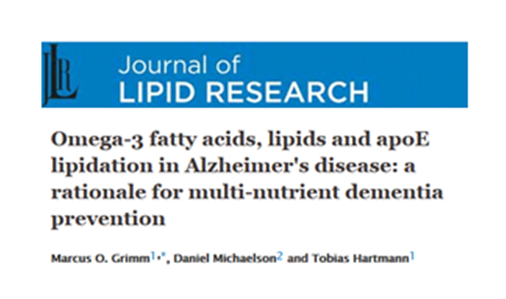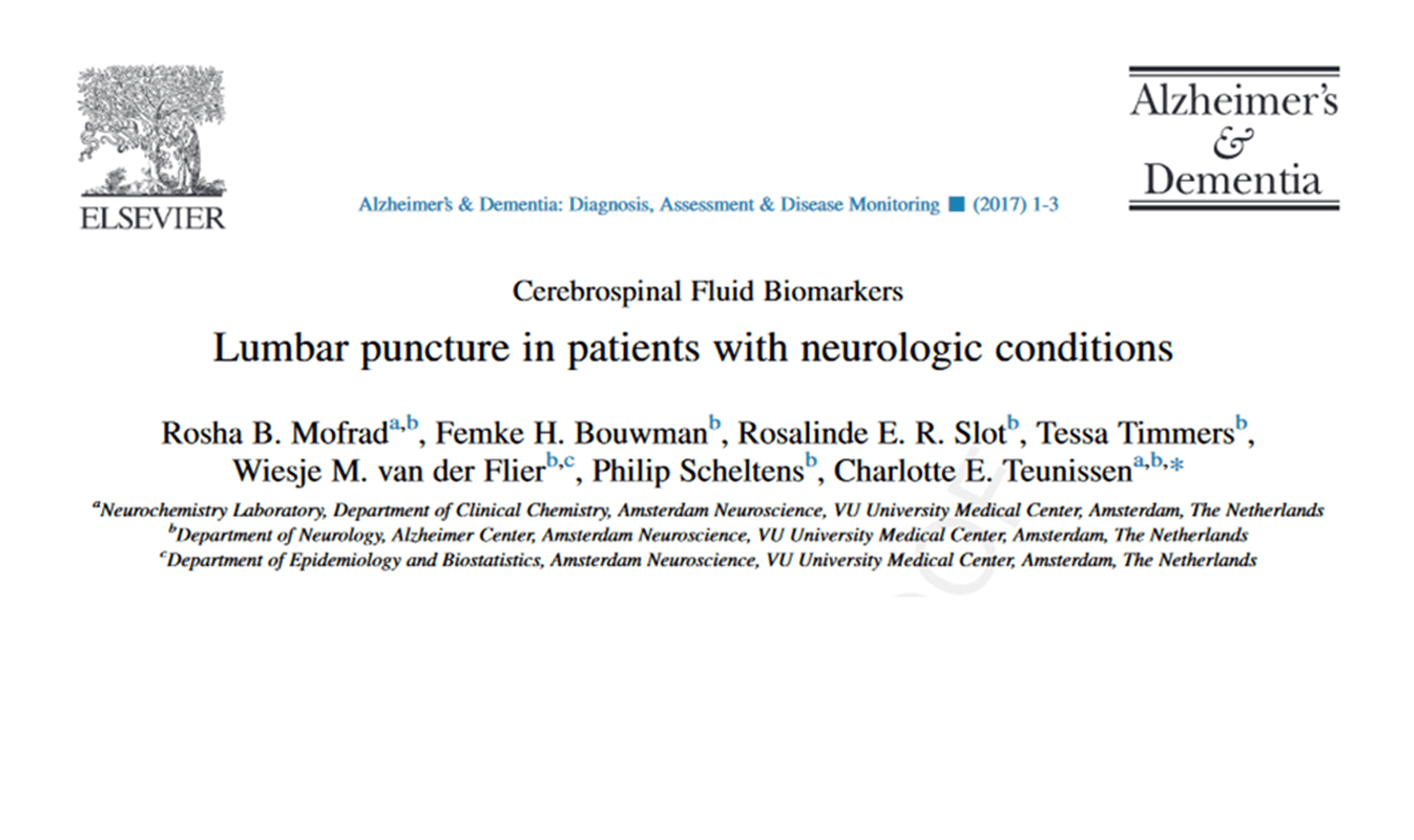A new study of the neural circuits that underlie long-term memory formation reveals, for the first time, that memories are formed simultaneously in the hippocampus and the long-term storage location in the brain’s cortex. However, the long-term memories remain « silent » for about two weeks before reaching a mature state.
The findings, which were published in Science, may force some revision of the dominant models of how memory consolidation occurs, the researchers say.
Neuroscientists have developed two major models to describe how memories are transferred from short- to long-term memory. The earliest, known as the standard model, proposes that short-term memories are initially formed and stored in the hippocampus only, before being gradually transferred to long-term storage in the neocortex and disappearing from the hippocampus.
A more recent model, the multiple trace model, suggests that traces of episodic memories remain in the hippocampus. These traces may store details of the memory, while the more general outlines are stored in the neocortex.
In 2012, the researchers developed a way to label cells called engram cells, which contain specific memories, allowing them to trace the circuits involved in memory storage and retrieval. They can also artificially reactivate memories by using optogenetics, a technique that allows them to turn target cells on or off using light.
In the current study, the researchers used this approach to label memory cells in mice during a fear-conditioning event — that is, a mild electric shock delivered when the mouse is in a particular chamber. Then, they could use light to artificially reactivate these memory cells at different times and see if that reactivation provoked a behavioral response from the mice (freezing in place). The researchers could also determine which memory cells were active when the mice were placed in the chamber where the fear conditioning occurred, prompting them to naturally recall the memory.
The researchers labeled memory cells in three parts of the brain: the hippocampus, the prefrontal cortex, and the basolateral amygdala, which stores memories’ emotional associations.
Just one day after the fear-conditioning event, the researchers found that memories of the event were being stored in engram cells in both the hippocampus and the prefrontal cortex. However, the engram cells in the prefrontal cortex were « silent » — they could stimulate freezing behavior when artificially activated by light, but they did not fire during natural memory recall.
Over the next two weeks, the silent memory cells in the prefrontal cortex gradually matured, as reflected by changes in their anatomy and physiological activity, until the cells became necessary for the animals to naturally recall the event. By the end of the same period, the hippocampal engram cells became silent and were no longer needed for natural recall. However, traces of the memory remained: Reactivating those cells with light still prompted the animals to freeze.
In the basolateral amygdala, once memories were formed, the engram cells remained unchanged throughout the course of the experiment. Those cells, which are necessary to evoke the emotions linked with particular memories, communicate with engram cells in both the hippocampus and the prefrontal cortex.
The findings suggest that traditional theories of consolidation may not be accurate, because memories are formed rapidly and simultaneously in the prefrontal cortex and the hippocampus.
Further studies are needed to determine whether memories fade completely from hippocampal cells or if some traces remain. Right now, the researchers can only monitor engram cells for about two weeks, but they are working on adapting their technology to work for a longer period. The researchers also plan to further investigate how the prefrontal cortex engram maturation process occurs.
Paper: “Engrams and circuits crucial for systems consolidation of a memory”
Reprinted from materials provided by Massachusetts Institute of Technology.





